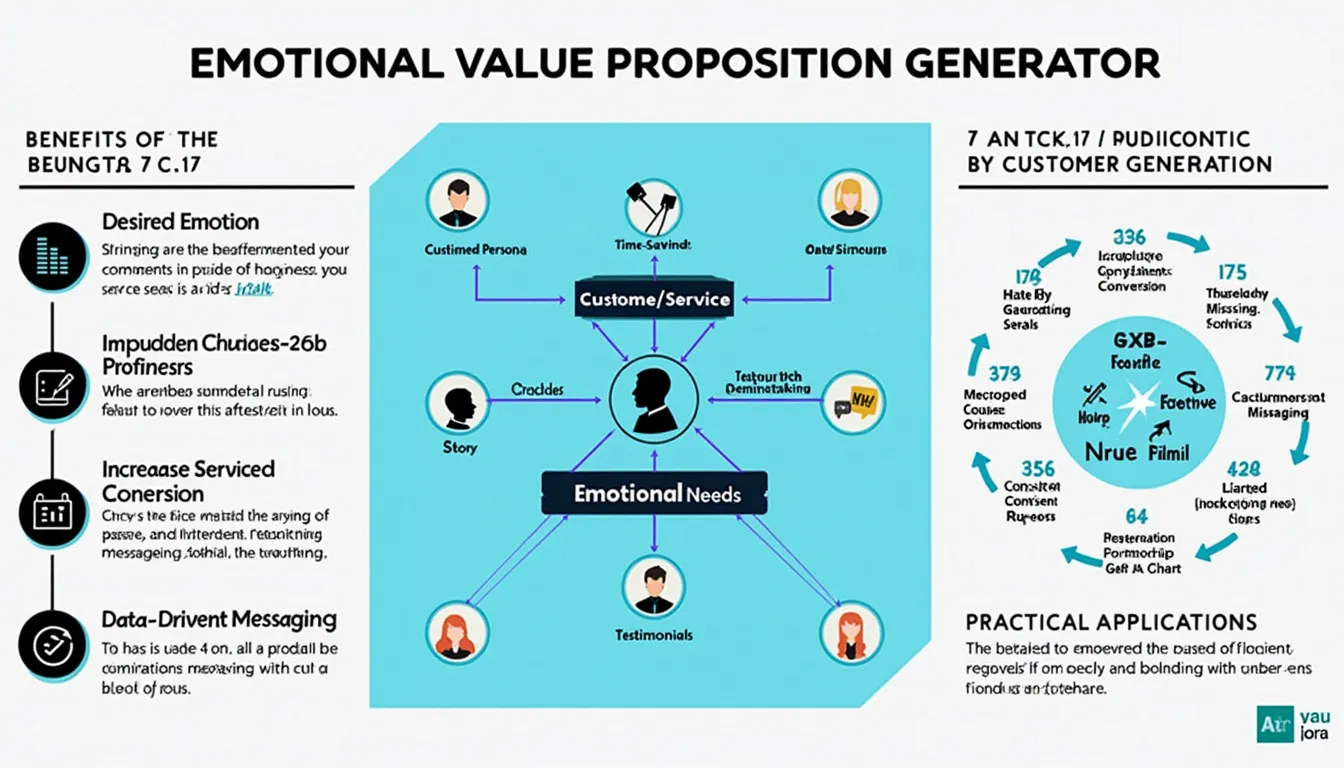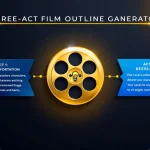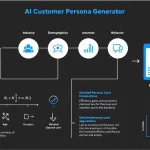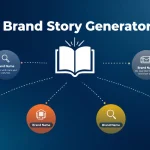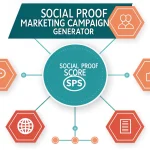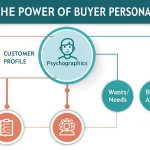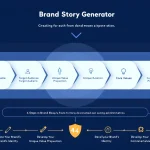Is this tool helpful?
How to use the tool
- Desired Emotion
Enter one feeling you want to spark.
Examples: “Serenity”, “Determination”. - Customer Persona
Describe age, lifestyle, goals and pain points.
Examples: “Remote-working parents juggling childcare”, “55-65 retirees pursuing adventure travel”. - Product/Service
Provide name plus one-sentence benefit.
Examples: “ZenDesk Pad – posture-correcting seat cushion”, “TrailSense GPS – solar handheld navigator”. - Emotional Needs
List up to three feelings the offer fulfils.
Examples: “Relief, pride, belonging”, “Confidence, autonomy, fun”. - Story
Write a short vignette showing the persona’s struggle and resolution.
Examples: “Late-night coder finds calm with ZenDesk Pad”, “Grandparents explore Patagonia safely with TrailSense”. - Testimonials
Paste two real quotes echoing the desired emotion.
Examples: “‘My back finally relaxes!’ – Mila S.”, “‘Never felt so free to roam.’ – Keiko T.” - Press Generate Campaign Outline. Your personalised plan appears underneath; click Copy to Clipboard to reuse anywhere.
Quick-Facts
- 95 % of buying decisions start subconsciously (Zaltman, 2003).
- Emotionally connected customers show 52 % higher lifetime value (Harvard Business Review, 2016).
- Campaigns using personas see 26 % higher revenue than those that don’t (Aberdeen Group, 2018).
- 70 % of consumers expect personalised brand interactions (McKinsey, 2021).
FAQ
What problem does the generator solve?
It replaces blank-page stress with a proven framework that links product benefits to customer emotions, accelerating campaign planning from hours to minutes (Harvard Business Review, 2016).
Which channels suit an emotional value proposition?
Use it in email drips, social ads, landing pages and video scripts—anywhere storytelling and testimonials can appear consistently (Content Marketing Institute, 2022).
How detailed should my persona be?
Include age range, key goal, main frustration and media habits; granular personas improve message relevance by up to 36 % (HubSpot, 2021).
Can I target multiple emotions?
Focus on one primary emotion per campaign. Mixed emotional cues reduce recall by 23 % (IPA Databank, 2019).
What makes a strong testimonial?
Quote specific outcomes and feelings—“saved 10 hours weekly,” “felt confident presenting”—because concrete results boost credibility by 33 % (Edelman Trust Barometer, 2020).
How do I measure success?
Track click-through, conversion and sentiment shifts. Emotion-driven ads lift ROI by 31 % on average (Nielsen, 2020).
Is the output editable?
Yes. Paste the outline into your CMS or slide deck and tweak tone, length or visuals while keeping the emotional spine intact.
What if I lack customer quotes?
Run micro-surveys or pull reviews from e-commerce platforms; authentic voices outperform brand claims in trust by 14 % (BrightLocal, 2023).
Important Disclaimer
The calculations, results, and content provided by our tools are not guaranteed to be accurate, complete, or reliable. Users are responsible for verifying and interpreting the results. Our content and tools may contain errors, biases, or inconsistencies. Do not enter personal data, sensitive information, or personally identifiable information in our web forms or tools. Such data entry violates our terms of service and may result in unauthorized disclosure to third parties. We reserve the right to save inputs and outputs from our tools for the purposes of error debugging, bias identification, and performance improvement. External companies providing AI models used in our tools may also save and process data in accordance with their own policies. By using our tools, you consent to this data collection and processing. We reserve the right to limit the usage of our tools based on current usability factors.
